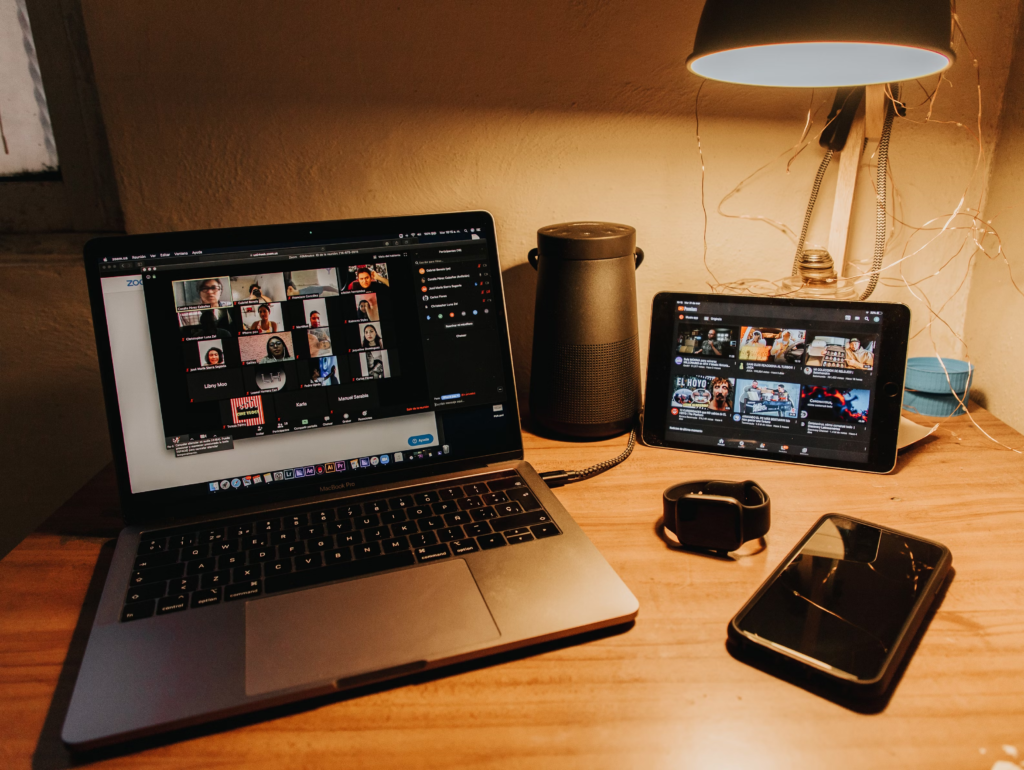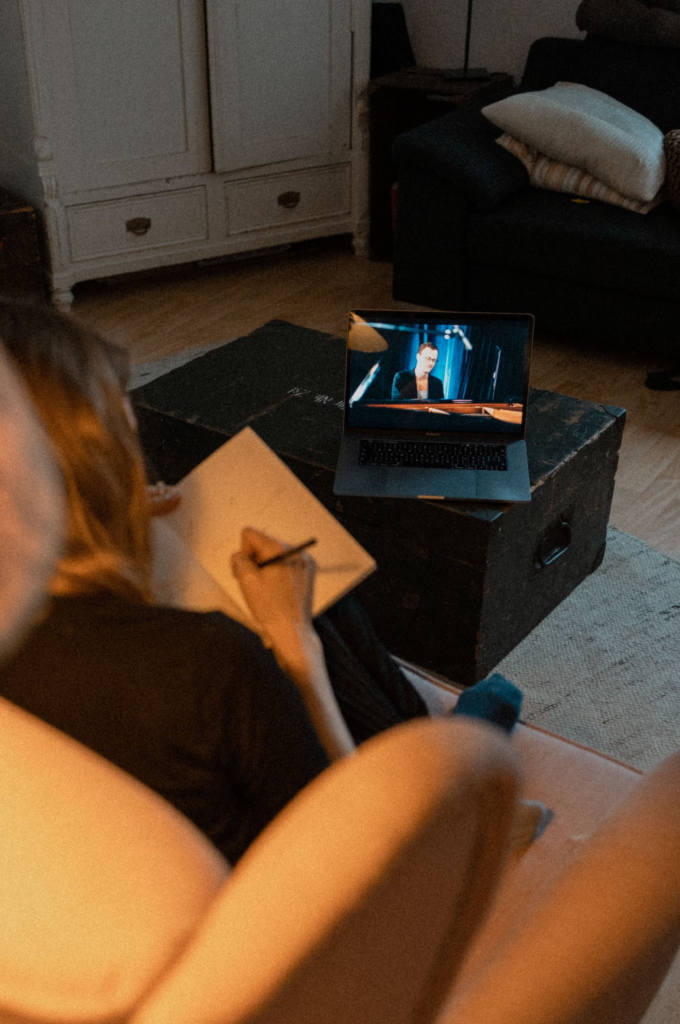When planning your course, you might find yourself weighing the benefits of a live class against a recorded class.
Live classes focus on real-time interaction, promoting immediate feedback, real-time discussions, and a sense of community that can boost motivation. On the other hand, recorded classes offer flexibility, allowing learners to engage with material at their own pace and revisit complex concepts as needed.
Both formats have their own set of advantages depending on your teaching style and the needs of your audience.
In this discussion, we’ll explore the key differences between live class and recorded class to help you decide which one fits best with your course design and goals.
Live Class vs Recorded Class: Quick Comparison
| Factors | Live Class | Recorded Class |
| Interaction | Real-time, direct interaction with instructors and peers | Limited, primarily one-way communication |
| Flexibility | Less flexible, fixed schedules | Highly flexible, study at your own pace and time |
| Pacing | Determined by instructor and class | Self-paced, ability to pause, rewind, and replay content |
| Customization | Instructors can adjust content based on real-time student understanding | Limited customization, pre-set content |
| Technical Needs | Requires stable internet during scheduled class times | Less dependent on the real-time internet stability |
| Community | Creates a sense of community and collaboration | Limited sense of community unless specifically facilitated |
| Best Suited For | Students who thrive in interactive environments and need structured learning | Self-motivated learners who need flexibility and control over their learning pace |
Live Class vs Recorded Class: Detailed Comparison
Now, let’s talk about the differences between recorded classes and live classes in detail.

Interaction: How Students Communicate with Instructors
The main difference between live and recorded classes is in how students and instructors communicate during class.
In a live class, interaction happens in real time. Students can ask questions, share ideas, or respond to teachers while the session is happening. Instructors can also adjust their teaching based on this feedback.
So, live classes are great for interaction as students can have their questions answered. Also, the teacher can optimize their lectures to make them more understandable.
On the other hand, in a recorded class, interaction is indirect or one-sided. Only the teacher can interact with the students while the students can’t ask questions instantly.
Instead, the students have to rewatch sections they find confusing or leave questions in the comment section. Studies show that this confusion can frustrate students or reduce their motivation to engage.
So, as far as interaction is concerned, recorded courses lack the immediacy of live lectures. That’s why, live classes are better than recorded lectures because they’re more interactive.
Winner: Live classes
Flexibility: The Ability to Schedule Classes
Recorded courses offer more flexibility than live classes because they are not time-specific.
In a live class, flexibility is limited because it is bound by a fixed schedule. Students must attend sessions at a set time, which can clash with work, family, or other commitments.
The core experience of live lectures is tied to real-time participation. So, if a student misses a live session, he will also miss out on interactive elements like discussions or Q&A, even if they watch a recording of the class later.
However, in a recorded class, flexibility is built into the design. Learners can access content anytime, pause to take notes, rewatch tricky sections, or skip ahead if they’re confident.
This self-paced approach works well for busy adults or those in different time zones.
Winner: Recorded classes

Pacing
In live classes, the pacing is controlled by the course instructor while in recorded classes it is controlled by the student.
In a live class, students move through topics at the same speed as a group, following a fixed timeline for assignments, discussions, and deadlines. The instructor creates and maintains this timeline.
While this structure can help maintain momentum, it doesn’t accommodate individual needs. For example, if a student misses a couple of classes, they might fall behind and struggle to catch up on the material.
Studies by the Michigan Virtual Learning Research Institute show that a rigid course pace can influence students to cram and submit assignments out of order, both of which are linked to poor performance.
On the other hand, in a recorded class, the pacing is directed by the student. They can choose the time, place, frequency, and all the other variables related to the pacing of the course.
However, because of this total control of pacing, some students will procrastinate. So, for some students, having a rigid course schedule is better.
Winner: Tie
Customization
In live classes, the instructor can customize the course material and lessons instantaneously while it’s not possible to customize the materials in recorded classes.
In a live class, the instructor can customize their lessons or lectures in real time. Teachers can change how they explain topics, add more examples, or slow down based on students’ immediate feedback.
Research shows that such personalized instruction improves the student’s understanding, learning experience, and overall retention.
On the other hand, it’s impossible to customize the lesson plan or the lecture in a recorded class. That’s because the classes are all pre-planned and recorded.
While creators can edit videos to include new clips or add new materials based on student feedback, the process can be time-consuming.
Winner: Live classes
Technical Needs
In a live class, technical needs are real-time and dynamic. You’ll need a stable internet connection, a quality camera, a microphone, and reliable streaming software to host sessions without lag or interruptions.
If your equipment fails mid-session, students might miss critical information, and troubleshooting on the spot can disrupt the flow.
In a recorded class, there are no such technical requirements for students to attend. Once the course is uploaded, students can access the content anytime, from anywhere.
So, recorded classes are more convenient for students to attend because they don’t require any technical equipment.
Winner: Recorded classes.
Community
Live classes can create a sense of community among students, while this doesn’t happen in recorded classes.
In a live class, the community is built in real-time through shared experiences. As students interact directly, it creates a genuine connection and a sense of belonging.
Live classes mirror in-person learning environments, where spontaneous conversations and peer support naturally strengthen relationships. Studies show that in this interaction, learners feel part of a group working toward common goals.
On the flip side, community-building is optional and requires deliberate effort in a recorded class. Without real-time interaction, connection depends on features like discussion forums or scheduled group activities.
While this approach can work, it often feels less immediate and relies heavily on learners’ initiative to participate. Without structured opportunities for collaboration, students may feel disconnected from peers and instructors.
Winner: Live classes
Live Class vs Recorded Class: Which One is Better for You?
As a course creator, a live class is better if your priority is interaction, engagement, or community. In a live class, you can have real-time conversations where you and your learners exchange ideas naturally.
This approach also gives you the chance to adjust your teaching based on immediate feedback, making the learning experience more personal and relatable.
On the contrary, a recorded class is suitable for creators who need flexibility, self-paced learning, or technical simplicity. In a recorded format, learners can choose when to watch the lessons, making it easier for them to fit learning into their busy schedules.
You can also review and refine your content before sharing it, making sure that everything is clear and straightforward for your audience.
Reap the Benefits of Both Recorded and Live Classes with Klasio
With Klasio, you can create both live lessons and recorded classes to cater to both types of students. By doing so, you can find the right balance between these formats and create a learning environment that meets your students’ varied needs and fits your course delivery style.
Key Features of Klasio:
- Operates independently without relying on external web hosting or additional plugins.
- Built-in tools to effortlessly create, structure, and manage course content.
- Host, market, and sell courses within a single ecosystem.
- Supports different course formats such as video lessons, interactive quizzes, and more.
- Promote interaction and connection through learner communities.
- Simplify collaboration and growth with integrated tools.
Conclusion
When choosing between a live class and a recorded class, consider your audience’s learning style and your teaching approach.
Live classes offer real-time discussion and a sense of community, while recorded sessions provide the flexibility for learners to revisit content at their own pace.